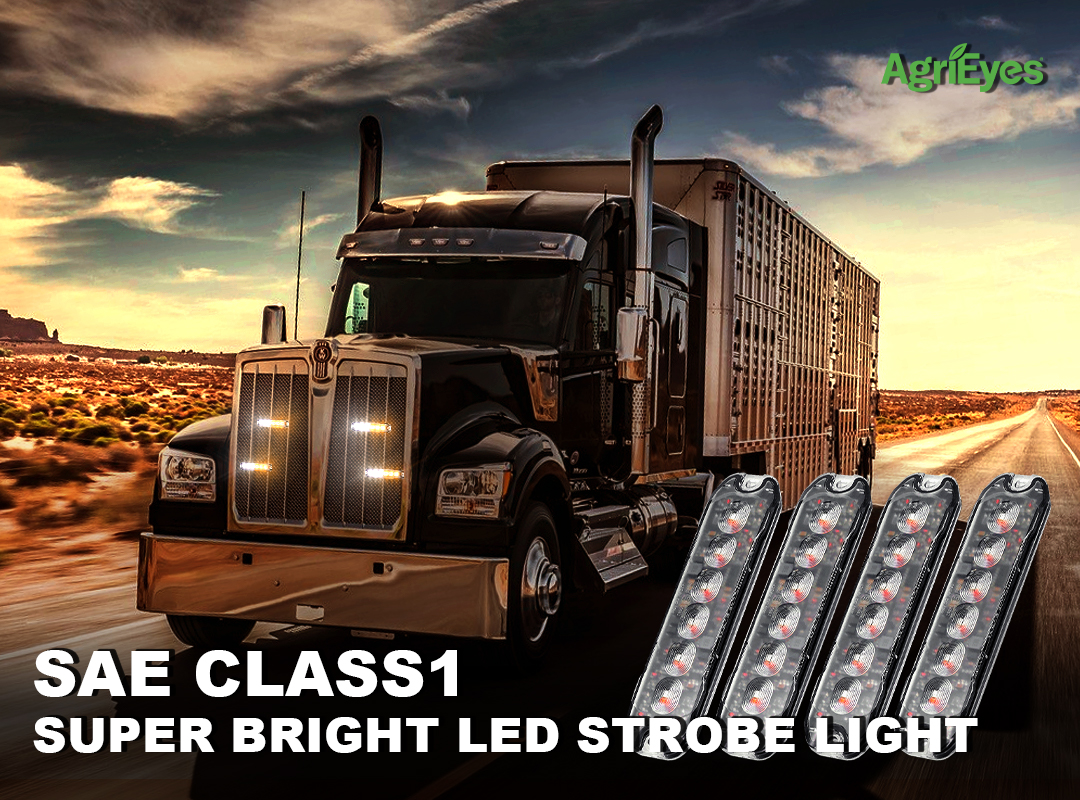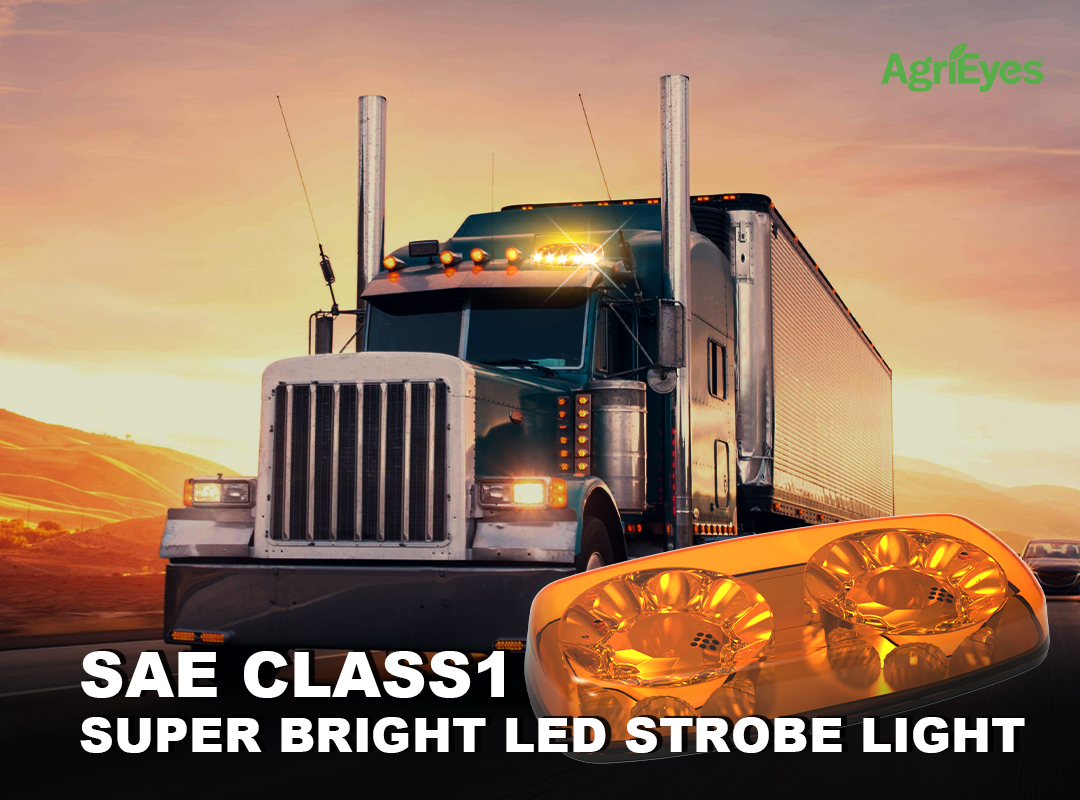In diverse application areas, strobe lights, with their unique flashing characteristics, play multiple important roles such as warning, decoration, and detection. However, ensuring these functions operate stably in complex and changing environments requires strobe light products to possess outstanding environmental resilience. From waterproof and dustproof features to tolerance against high and low temperatures, from resistance to vibration to withstanding other extreme conditions, every rigorous environmental test serves as a touchstone for the quality of strobe light products, ensuring they can continue to function normally in harsh environments and provide users with continuous and reliable lighting services.

Strobe lights are often deployed in outdoor environments such as highways, bridges, construction sites, and ports, facing the baptism of wind and rain. Therefore, excellent waterproof and dustproof performance is crucial. Products need to adhere to internationally recognized IP protection rating standards, employing carefully designed sealing structures and high-quality protective materials to ensure that internal electronic components are protected from moisture and dust erosion. For example, achieving an IP65 rating means that the strobe light can completely prevent dust ingress and remain dry even under low-pressure water jets from any direction. Higher-level IP67 and IP68 products can even withstand temporary immersion or long-term underwater environments, fully demonstrating their strong adaptability to complex environments.
The drastic fluctuations in environmental temperature pose a severe challenge to the stable operation of electronic devices. Excellent strobe light products should have a wide operating temperature range to ensure stable perform ance degradation or safety hazards due to issues such as battery performance decline or component condensation in extreme low temperatures, nor overheating-induced performance degradation or safety hazards in high-temperature environments. Whether it's the freezing winters of the north, the scorching summers of the south, or the vast temperature differences in plateau regions, high-quality strobe lights can handle them all, providing stable light output continuously.
In applications such as mobile devices, vehicle systems, and industrial sites, strobe lights often need to withstand frequent vibrations and shocks. Therefore, product design should focus on structural strength and shock resistance, ensuring that internal components do not loosen or break, electrical connections remain stable, and operational performance is not affected under continuous or sudden mechanical stress. Rigorous vibration and shock tests, such as simulating transportation, drops, and impacts according to MIL-STD-810G military standards, can verify the durability and reliability of products in actual use.
In addition to the basic environmental resilience mentioned above, LED strobe lights may also face specific environmental conditions such as salt spray corrosion, electromagnetic interference, and UV radiation. Therefore, products may need to adopt techniques such as corrosion-resistant coatings, electromagnetic compatibility designs, and weather-resistant materials to ensure good operational status even in coastal areas, strong electromagnetic environments, or high-altitude regions with intense UV radiation. Comprehensive environmental adaptability tests, such as salt spray tests, EMC tests, and UV aging tests, can comprehensively verify the adaptability and stability of products in complex environments.

In conclusion, the environmental resilience of strobe light products is a key factor in whether they can fulfill their functions in practical applications and earn the trust of users. By strictly adhering to relevant standards, conducting a series of environmental tests including waterproof and dustproof, tolerance to high and low temperatures, vibration and shock resistance, as well as designing and testing for adaptability to specific environmental conditions, strobe light manufacturers ensure that their products can still function normally in harsh environments, providing users with stable and reliable lighting services. This resilience to environmental challenges is the core competitive advantage of strobe light products widely used in various fields and recognized by the market.